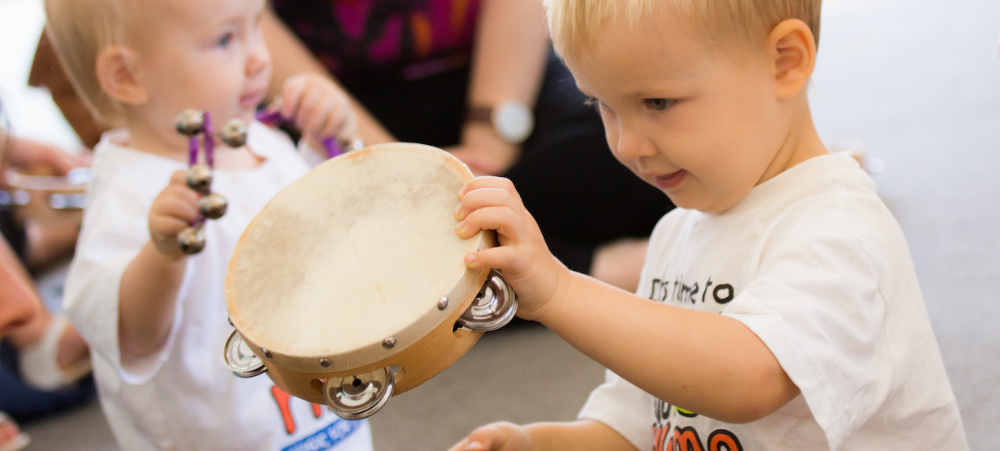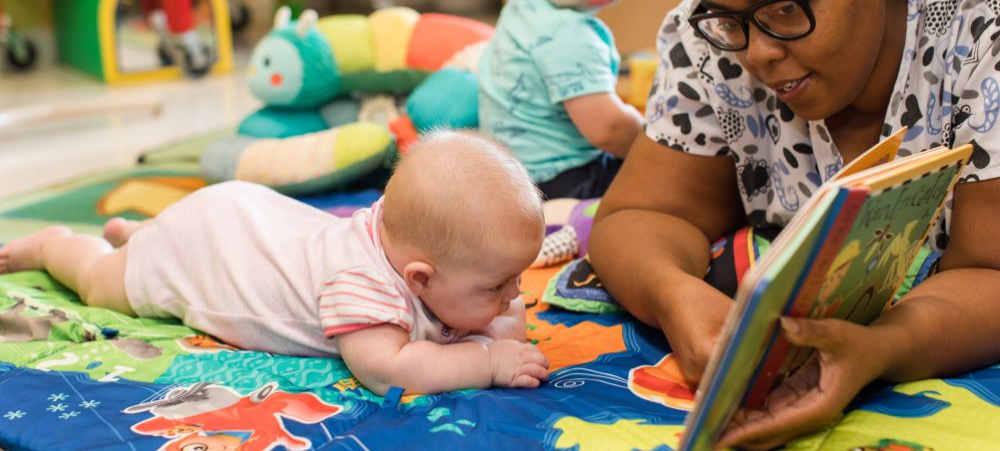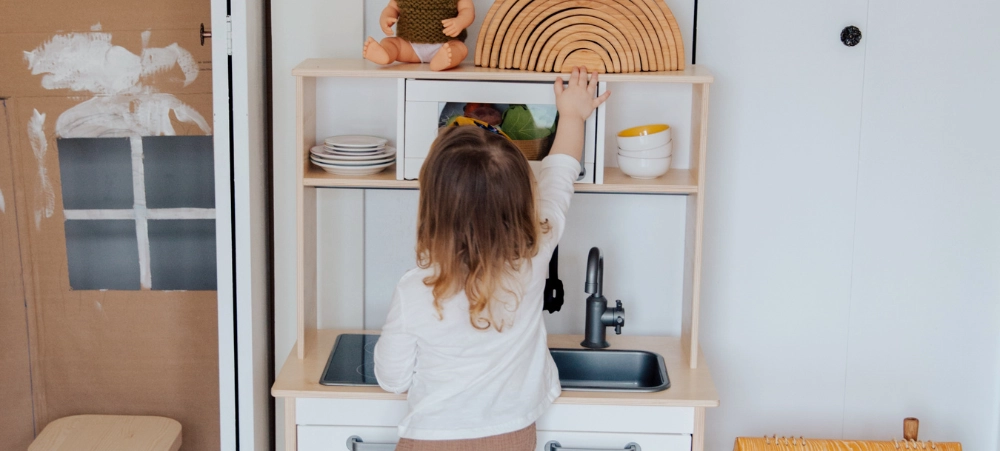There is much discussion and debate on whether walking rings are beneficial or dangerous to babies.
Once very popular and widely used, there has been a strong debate on their usefulness in recent years. We will take a closer look into these reasons and decide whether it is worth the risk.
1. Walking rings can cause a risk of serious injury;
The risk of falling down stairs or tripping over can result in head injuries, concussion, skull fractures, and or soft tissue injuries to the head and neck. The raised height of the baby means they are in closer reach to hot drinks, kettle and iron cords, stoves, cleaning products, etc. Walking rings make it easier for babies to reach up and pull things down.
2. Walking rings may result in delayed motor development. The natural process of walking includes babies learning to roll, sit, crawl, scoot and stretch. These pre-walking skills help a baby strengthen their muscles and learn to balance.
Walking rings may visually appear as though they are helping your baby to walk. However, they can delay their motor milestone development, and in fact, they can hinder your child’s mental and learning development as well. Walking rings prevent your baby from viewing their limbs and feet, which help babies visually guide their legs across the floor. The visual-motor skills are critical for a child’s development of depth-perception and visual processing needed for tracking words across a page, moving their eyes
from sentence to sentence and paragraph to paragraph. Walking rings limit eye and foot coordination, which is necessary for motor planning and sequencing (praxis)– generating an idea of what you want to do (ideation), figuring out how you are going to do it (organisation), and then carrying out what you want to do (execution). Children with poor planning and sequencing may find difficulty when needing to think harder to complete new physical tasks due to poorly integrated information from the sensory systems. Under-developed planning and sequencing skills impact a child’s ability to organise themselves and learn new routines.
It also prevents your baby from using the natural movement needed for cross-laterality, which is important for right and left-hemisphere brain development, fine and gross motor skills, balance, posture, and language skills.
The advantages of using a walking ring are as follows: Providing your baby with a source of entertainment Allows parents the opportunity to do some household tasks while babies keep themselves busy. Given the high risk of injury and the possibility of delaying development and milestones, you have to ask yourself whether it is worth taking the risk.
I raised my babies in an era where walking rings were very popular, and our babies spent much of their day rolling around the house in them. However, now being able to make an informed decision with the experience I have through witnessing the injuries and delays involved in walking rings, I would recommend baby learn to crawl and walk on the floor. I honestly believe that the risk is too high, and our babies are far too precious to take that risk.
Teacher Natalie
Early Childhood Educator
The importance of Breastfeeding
- SCREEN TIME AND ITS’ EFFECT ON LANGUAGE DEVELOPMENT - March 15, 2024
- Is your child a bully? - March 12, 2024
- Emotional and Social Milestones of a 6-year-old - October 17, 2023






2 thoughts on “WALKING RINGS… YES OR NO?”
I believe everyone has to make the choice for themself but I prefer not to use a Walking Ring.
I have 3 children ..the oldest two started walking at a young age..even before 1.. and my newborn will also not use one
it’s a no for me